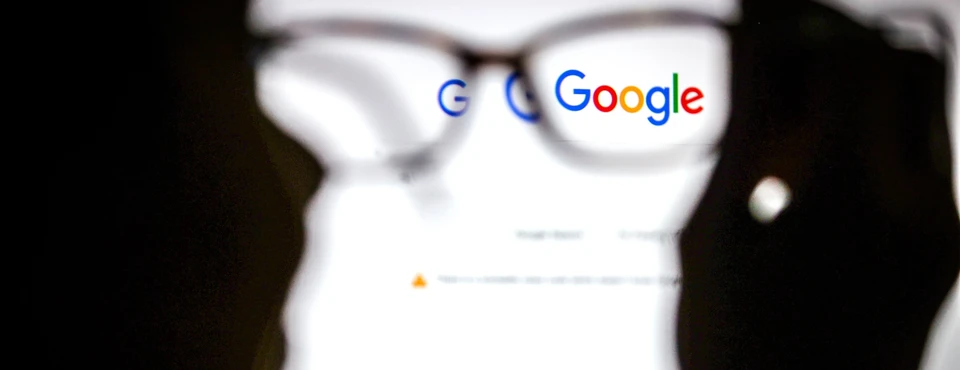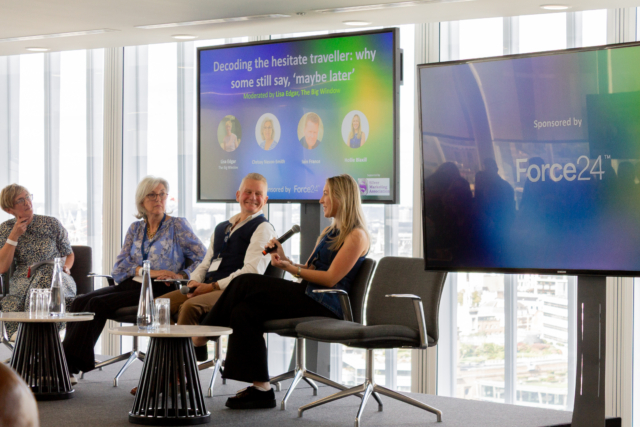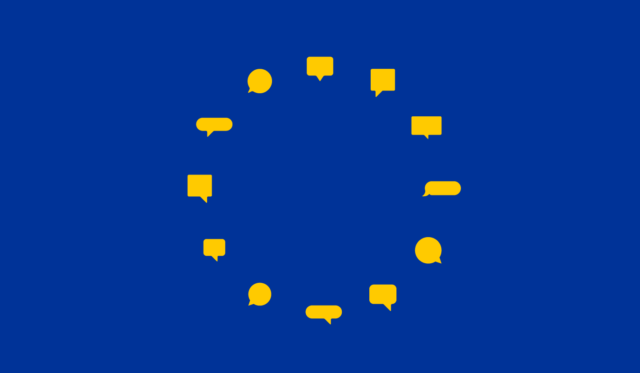In our latest blog, JAA Head of Digital Ops & Innovation and programmatic expert, Georgia Izon, examines Google’s latest third-party cookie U-turn, breaking down what this move really means for brands, agencies, and the future of privacy-first advertising.
In a move that’s raised more eyebrows than dropped jaws, last month, Google rather quietly announced it will no longer develop a user prompt in Chrome regarding the use of third-party cookies. This update follows last year’s U-Turn in their long-running plan to deprecate third-party cookies altogether—a journey that began with great fanfare back in January 2020 and has since taken more detours than a GPS with no signal.
Digiday referred to this latest development as “shocking,” but truthfully, most in the industry have grown more sceptical than surprised. In many ways, this is the most predictable twist in a five-year saga that’s already seen plenty of course corrections.
So, what now?
AIt’s natural to wonder: Has all the effort poured into developing cookie-free alternatives been for nothing? Are we back at square one?
Thankfully, the answer is a firm no.
Even as Chrome backpedals, the broader web ecosystem has moved forward. Browsers like Safari and Firefox remain firmly committed to a privacy-first approach, maintaining their rejection of third-party cookies. And Chrome users still have the option to disable third-party cookies manually, though it’s uncertain how many will actively seek it out.
The reality is that a significant portion of the internet is already operating without third-party cookies. That means brands and agencies cannot afford to abandon the progress made in privacy-safe targeting, measurement, and audience development.

Cookie-Free Isn’t Just Viable — It’s Valuable
Over the past few years, we’ve seen a wide range of successful case studies proving that cookie-less strategies not only work but can outperform traditional approaches. Furthermore, with less competition in these environments, advertisers often enjoy lower CPMs and improved efficiency.
Moreover, having third-party cookies remain in limited environments offers a silver lining for media measurement. It enables a hybrid model that leverages both deterministic and probabilistic data, offering a more accurate and data-grounded view of campaign performance—something that purely algorithmic models often lack.
A Ripple Effect Beyond Agencies
Google’s shifting stance doesn’t just affect advertisers and agencies. It has broader implications for ad tech providers, publishers, and any business that’s invested in first-party data strategies and measurement frameworks. Years of product development, infrastructure investment, and cross-industry collaboration have been based on the assumption that a cookie-less future was imminent.
So, what do we make of Google’s role in all of this? With its vast resources, it can afford to spend half a decade designing a Privacy Sandbox, only to shelve key elements of the plan. Most of us don’t have that luxury.

The Way Forward
Despite the disruption, the fundamentals remain unchanged: Privacy-first solutions are still crucial, and cookie-less environments are here to stay. As the industry continues to evolve, the most resilient strategies will be those that prioritise user trust, flexibility, and adaptability.
Google may have paused the countdown, but the clock on innovation hasn’t stopped ticking.



